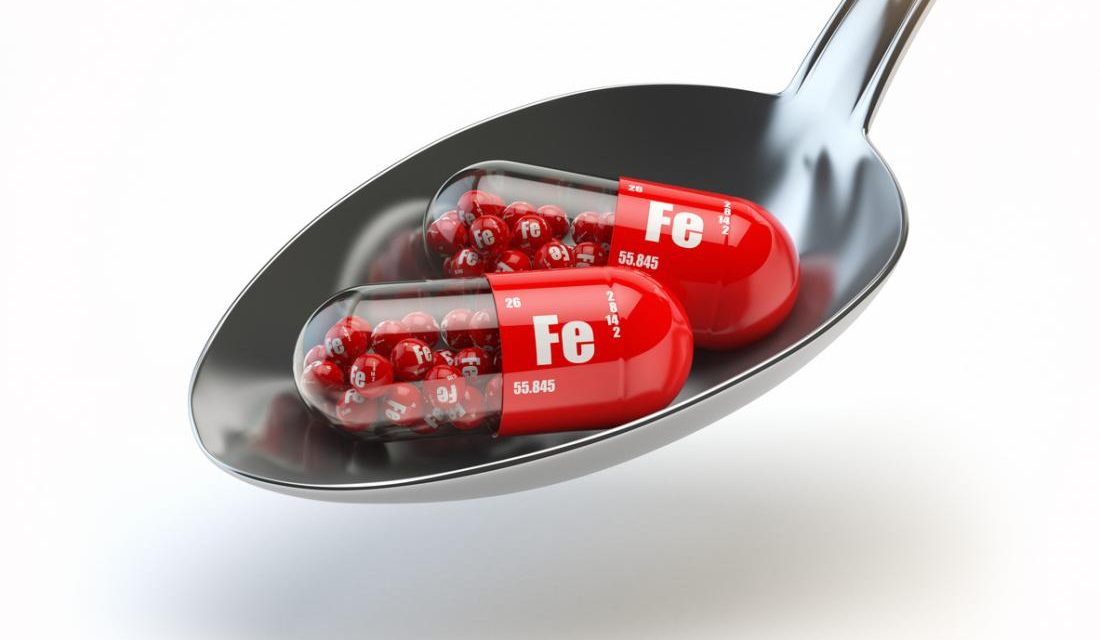The severity of iron poisoning depends on the amount ingested, and access is easy because the tablets look like candy. The toxic dose is more significant than 60 mg per kilo of weight.
Accidental poisonings in children represent approximately 0.3% of consultations in pediatric emergency services. Iron poisoning is severe and life-threatening, the severity of which depends on the amount ingested. According to data from the United States, iron poisoning is the most common cause of death from poisoning in children between the ages of 1 and 4 years. Most cases are due to accidental ingestion.
Causes
The widespread use of iron in the form of oral supplements for the treatment of iron-deficiency anemia in childhood, pregnancy or postpartum and the improvable safety measures in iron-containing drugs, from nutritional supplements, vitamin complexes or specific presentations may be one of the causes that said intoxication is widespread. In addition, the presentation of these drugs or supplements has a pleasant appearance, smell and taste. The idea that these supplements or drugs are harmless, on the part of caregivers, may favour their improper storage out of the reach of children.
iron toxicity
Iron poisoning depends on the concentration of elemental iron in the blood, for which it is necessary to know the equivalences according to the different existing pharmacological presentations:
Ferrous sulphate: contains 20% elemental iron.
Ferrous Gluconate: Contains 12% elemental iron.
Ferrous fumarate: contains 33% elemental iron.
Ferrous lactate: contains 19% elemental iron.
Ferrous Chloride: Contains 28% elemental iron.In general, levels below 20 mg/kg do not give symptoms; between 20-40 mg/kg of elemental iron only cause gastrointestinal toxicity; between 40-60 mg/kg, the toxicity is moderate to severe, but above 60 mg /kg, toxicity can be lethal.
Symptoms of iron poisoning
The severity of iron poisoning depends on the amount of elemental iron ingested. This intoxication goes through different clinical phases or stages:
Stage I: irritation of the gastrointestinal mucosa occurs due to iron intake. The onset of symptoms ranges from 30 minutes to two hours. The most common symptoms are nausea, vomiting, stomach pain, diarrhea and upper gastrointestinal bleeding (vomiting blood) or lower gastrointestinal bleeding (bloody stools).
Stage II: the ingested iron is deposited in different organs. It is called the latent or asymptomatic phase. A transient improvement of the above symptoms appears between 4 to 24 hours after intake.
Stage III: cell injury begins (mitochondrial toxicity). Severe symptoms appear between 12 and 48 hours after ingestion, such as gastrointestinal bleeding, metabolic acidosis, hyperglycemia, renal tubular necrosis, coagulation disorders, shock and coma. After 48 hours, severe hepatotoxicity and hepatic encephalopathy appear.
Stage IV: the lesions of the different tissues begin to heal between 2 and 4 weeks after intoxication, and pyloric stenosis or liver cirrhosis may appear.
Stage V: pyloric intestinal obstruction and liver cirrhosis appear due to scarring of the intestinal tract and liver between four and six weeks after ingestion, and signs of intestinal obstruction such as the absence of bowel movements, vomiting and severe abdominal pain.Iron poisoning in children: girl in pink dress with her hand to her mouth.
Diagnosis
The clinical history suspects the diagnosis if accidental ingestion has been known. With this information, the amount of elemental iron ingested can be estimated. Serial blood tests are performed 24 hours to determine the levels of elemental iron in the blood.
Values below 350 mcg/dl are not considered toxic, but if this value is obtained after four and six hours, severe intoxication cannot be ruled out.
Values from 350 mcg/dl to 500 mcg/dl indicate moderate intoxication.
Above 500 mcg/dl, hepatotoxicity and above 800 mcg/dl, toxicity is severe.Laboratory values can indirectly indicate iron intoxication, such as an increase in leukocytes above 15,000/μl, hyperglycemia greater than 150mg/dl, metabolic acidosis and coagulopathy.
An abdominal x-ray allows them to be visualized to confirm the intake of iron tablets since they are radio-opaque.
Treatment
The initial treatment is the stabilization of the patient. Activated charcoal is not helpful, and if the ingestion has been by tablets, gastric lavage is used in massive ingestion of tablets. Deferoxamine (iron chelator, which allows the water-soluble complex to be eliminated through the urine) is indicated in moderate-severe intoxications. The child must remain hospitalized until they fully recover.





